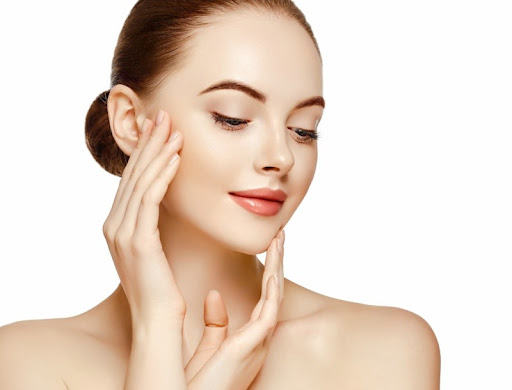In the world of skincare, terms like "skin lightening" and "skin whitening" are often used interchangeably, leading to confusion. However, these terms represent distinct concepts with different goals, ingredients, and implications. Understanding the difference can help you make informed choices about your skincare routine and ensure that you are using products safely and effectively.
Skin Lightening
Definition:
Skin whitening in Dubai, also known as skin brightening, focuses on reducing hyperpigmentation and evening out the skin tone. It aims to diminish dark spots, age spots, acne scars, and other forms of discoloration to achieve a more uniform complexion.
Mechanism:
Skin lightening products work by inhibiting the production of melanin, the pigment responsible for skin color. Common ingredients in these products include:
- Vitamin C: A powerful antioxidant that brightens the skin and reduces dark spots.
- Niacinamide: A form of vitamin B3 that reduces pigmentation and improves skin elasticity.
- Kojic Acid: Derived from fungi, it lightens skin by inhibiting melanin production.
- Licorice Extract: Known for its anti-inflammatory properties and ability to lighten hyperpigmentation.
Purpose:
The primary goal of skin lightening is to achieve a balanced and even skin tone. It is not intended to drastically change the natural color of the skin but to address specific areas of concern.
Skin Whitening
Definition:
Skin whitening, also referred to as skin bleaching, aims to lighten the overall color of the skin. It is a more intensive approach than skin lightening and seeks to significantly reduce the melanin content in the skin.
Mechanism:
Skin whitening products often contain stronger active ingredients that can profoundly impact melanin production. Common ingredients include:
- Hydroquinone: A potent skin lightening agent that decreases melanin production.
- Mercury: An illegal and highly toxic ingredient still found in some unregulated products.
- Glutathione: An antioxidant that, when taken orally or via injection, can lead to lighter skin.
Purpose:
The goal of skin whitening is to achieve a lighter overall complexion. It is often pursued for cultural, aesthetic, or personal reasons and can lead to significant changes in skin color.
Safety and Considerations
Regulation:
The safety of skin lightening and whitening products varies widely. Ingredients like hydroquinone and mercury can have severe side effects, including skin irritation, ochronosis (a bluish-black discoloration of the skin), and even systemic health issues. Many countries regulate or ban these substances, so it is crucial to purchase products from reputable sources.
Natural Alternatives:
Many people opt for natural alternatives to chemical-based products. Ingredients like turmeric, aloe vera, and papaya are known for their skin brightening properties and are generally considered safer.
Consultation:
Before starting any skin lightening or whitening regimen, it is advisable to consult with a dermatologist. They can recommend safe and effective treatments tailored to your skin type and concerns.
Conclusion
While both skin lightening and skin whitening aim to alter the skin's appearance, they differ significantly in their goals and methods. Skin lightening focuses on creating an even skin tone by addressing specific areas of hyperpigmentation, while skin whitening seeks to achieve a lighter overall complexion. Understanding these differences, along with the associated risks and benefits, can help you make informed decisions about your skincare routine. Always prioritize safety and consult with a healthcare professional before using any skin-altering products.

